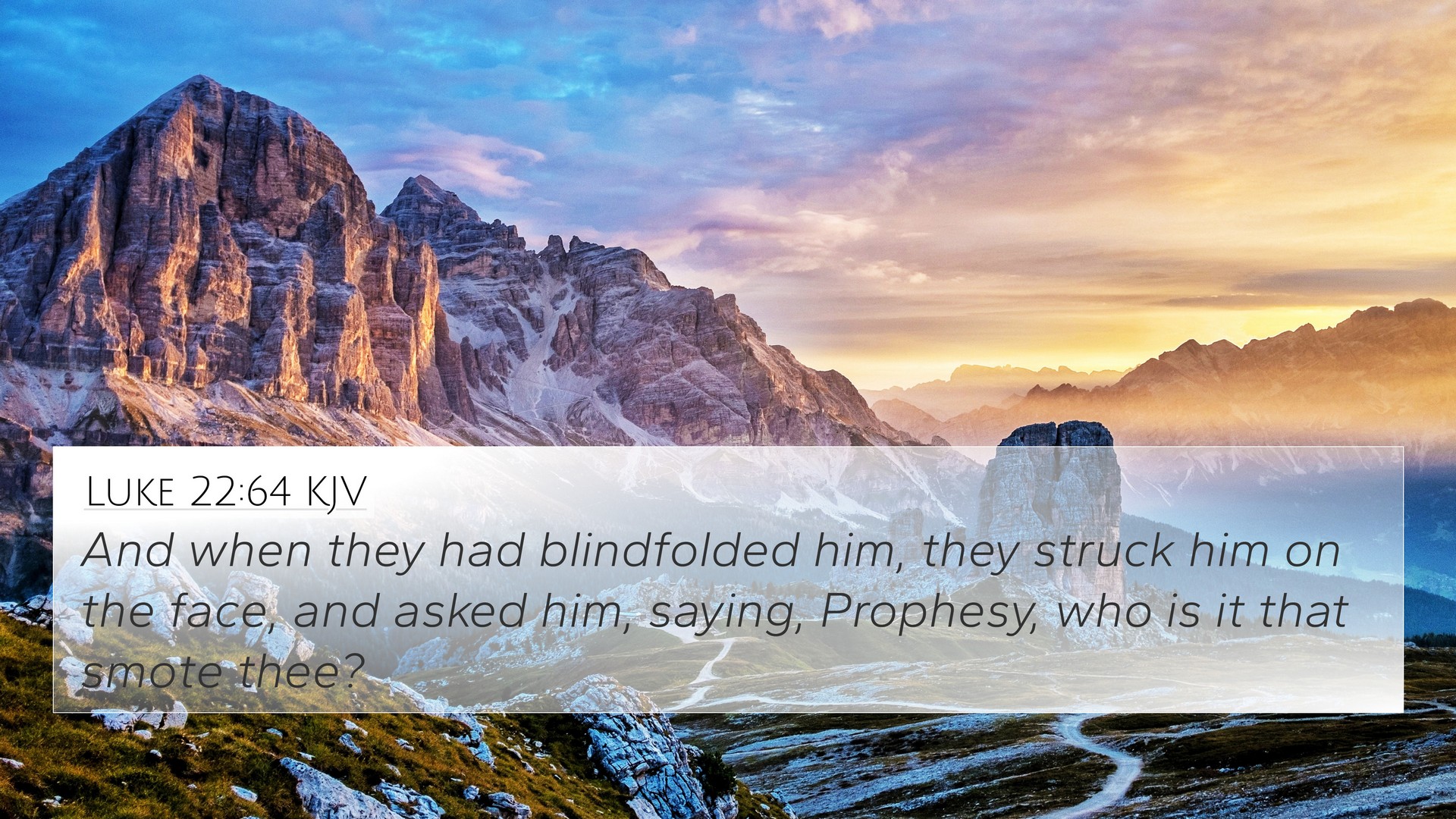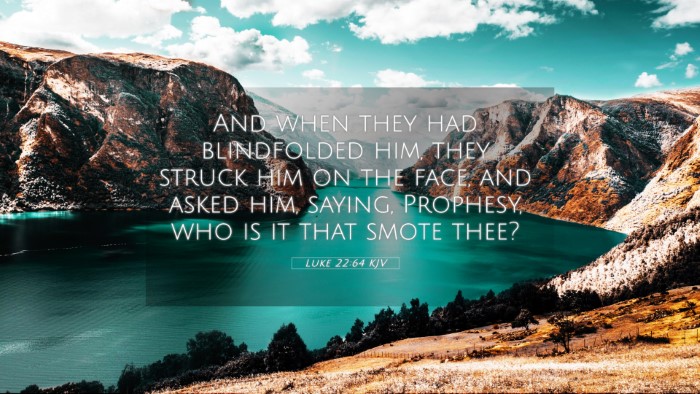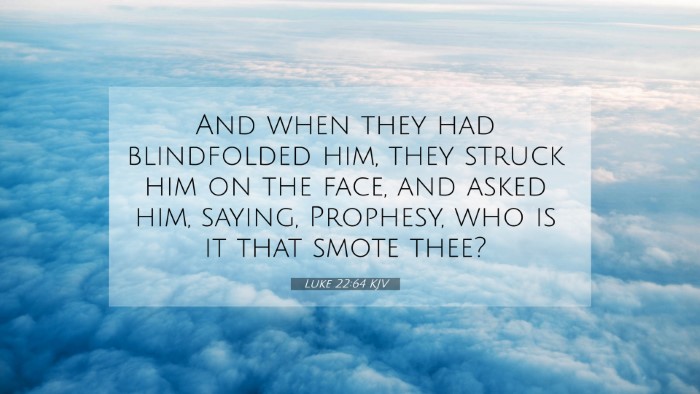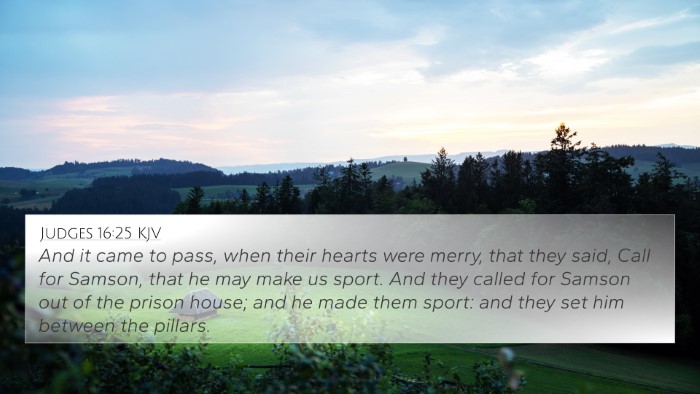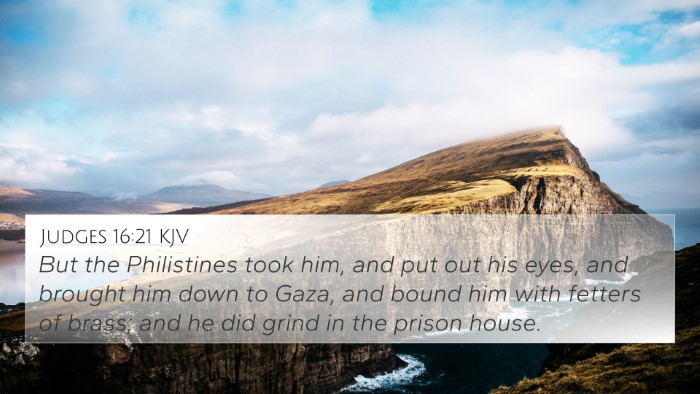Understanding Luke 22:64
Verse: Luke 22:64 - “And they blindfolded Him and asked Him, saying, 'Prophesy! Who is the one who struck You?'”
Context and Background
This verse occurs during the trial of Jesus, as He faces unjust accusations and mockery from the religious leaders. This moment is steeped in humiliation, exemplifying the depth of His suffering and the insanity of His wrongful trial.
Commentary Insights
- Matthew Henry: He emphasizes the subtlety of the mockery aimed at Jesus, noting how they blindfolded Him to heighten the cruelty of their taunts. The act of asking Him to prophesy not only serves to mock His prophetic role but also illustrates their refusal to acknowledge the truth of His identity.
- Albert Barnes: Barnes underlines that the blindfolding was significant as it represented a rejection of Jesus’ divine authority. He explains that the soldiers’ actions were not merely playful but intensely malicious, showcasing humanity's tendency to reject truth in favor of mockery and scorn.
- Adam Clarke: Clarke suggests that this moment was prophesied in the Old Testament, linking it with the suffering servant mentioned in Isaiah. He notes that during this event, Jesus exemplifies perfect obedience and submits to humiliation for the sake of humanity's salvation.
Thematic Connections
Luke 22:64 resonates with various themes throughout the Bible, particularly those revolving around suffering, prophecy, and the climax of Jesus' mission on earth. By examining cross-references, we can deepen our understanding of this scripture’s implications. Here are some key connections:
- Isaiah 53:5: Connects to the suffering of Christ, indicating that by His wounds, we are healed.
- Matthew 26:67: Offers insight into the physical abuse Jesus endured, sharing similarities with Luke’s account.
- John 19:3: Relates the mocking of Jesus by soldiers, emphasizing the theme of humiliation.
- Psalm 22:6: Reflects Jesus’ feelings of abandonment and how He is scorned by men.
- Micah 5:1: Prophesies the humiliation of the Messiah, creating a prophetic link to Luke 22:64.
- Luke 23:11: Shows the continuation of mockery before Herod, further illustrating the scorn He faced.
- Hebrews 12:2: Encourages believers by looking to Jesus, enduring the cross and its shame, analogous to His experiences in the Gospels.
Interpretive Reflections
The act of Jesus being blindfolded and mocked provides a powerful reflection on both the nature of His mission and the response of humanity to divine truth. As we engage in:
- Cross-reference Bible study: Using tools for Bible cross-referencing, one can identify connections that deepen our understanding of the texts, such as the mentioned parallels above.
- Comparative Bible analysis: Looking at how different Gospel accounts portray this event sheds light on the multifaceted nature of Christ's sufferings.
- Linking Bible scriptures: Utilizing a Bible concordance, we can trace the threads of prophecy and fulfillment present in this moment.
Practical Application
For those seeking to study this verse in context, here are tools and methods beneficial for cross-referencing:
- Bible reference resources: Many resources offer extensive cross-reference capabilities that aid in understanding themes across different books of the Bible.
- Cross-reference guide: This provides frameworks for understanding relationships among the verses, enriching personal study or sermon preparation.
- Inter-Biblical dialogue: Understanding how passages converse with each other can illuminate the broader narrative of redemption and God’s plan.
Conclusion
Luke 22:64 serves as a poignant reminder of the depths to which Christ lowered Himself in His earthly journey. By engaging with public domain commentaries and embracing the practice of linking Bible scriptures, we gain profound insights into the consequences of our sin and the nature of God's redeeming love. With tools for Bible cross-referencing at our disposal, we can explore connections that foster a deeper faith and understanding of scripture.
